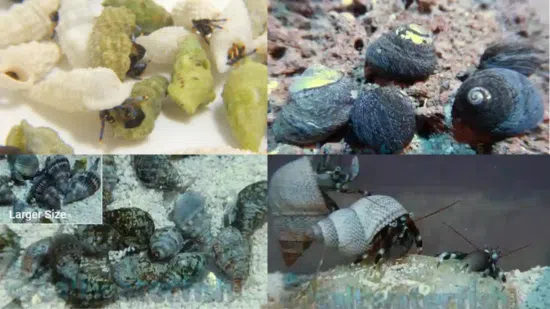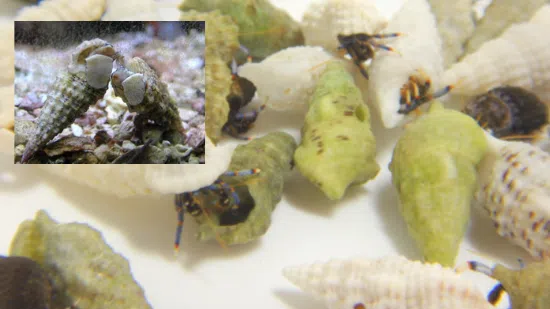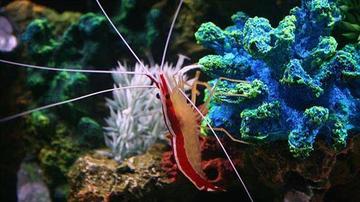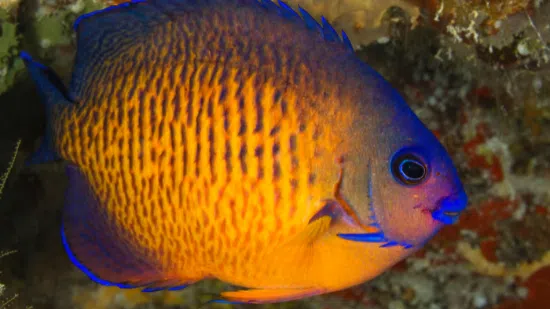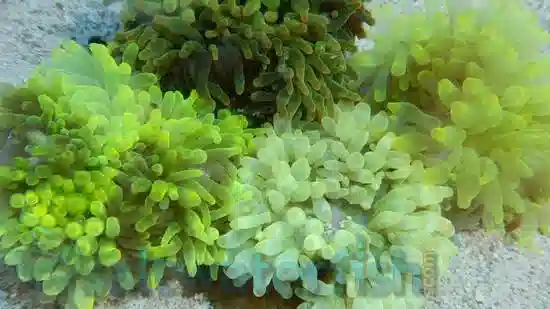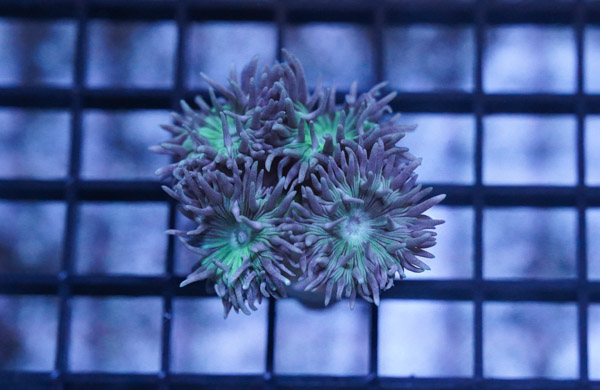SWF Janitor Reef Pack + Free Shipping on Entire Order using code: freeship
(0 Reviews)
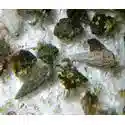



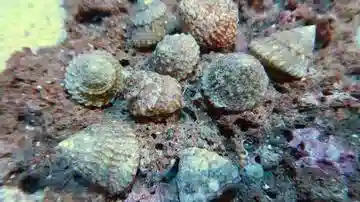
SWF Janitor Reef Pack + Free Shipping on Entire Order using code: freeship
(0 Reviews)
{{ item.name }}
Size: {{ item.extra_field_3 }}
${{ getFormattedPrice(item.saleprice) }} ${{ getFormattedPrice(item.price) }}
Free Shipping
With
$199.00
or more in Marine Life.
More details...
Care Facts
There are no key facts available for this product.
The Dwarf White Leg Hermit Crab is a very popular Hermit Crab that is very active in the home aquarium. In the wild, these crabs live together in the hundreds clinging to rocks and each other, then search for food during low tides. They should be offered algae sheets on an every other day basis in order to help feed them. Most of their day is spent as scavengers and they do a tremendous job keeping aquariums clean of detritus and waste build-up. They are voracious <font color="red"><b>algae eaters</b></font>.Crabs belong to the Class Crustacea and Order Decapoda. Hermits and Porcelain Crabs belong to the Section Anomura, which consists of long antennae and three pair of walking legs. The head of the Crab is connected to the thorax and covered by a shell called carapace. They have a smaller abdomen and tail compared to Shrimp and they keep this tucked beneath the carapace. The first pair of their legs are usually developed claws which they use to gather food, use as protection, and to move objects. In order for Crabs to grow they need to shed their exoskeleton, a process called "molting", which allows them to remove their restricting shell and begin a new one. Often times in the home aquarium Crabs will leave this translucent shell in full view so it can serve as a distraction while the Crab finds a hiding place and allows its new shell to harden. Hermit Crabs use abandoned shells as their home. These Crabs usually have extended abdomens that they wrap around the inside of the spiraling shell leaving only their head and claws exposed. When approached these Crabs can recoil into the shell for protection. When a Hermit Crab grows it will often seek out a new larger shell.
The Turbo Snail, Astrea tecta, also known as the Astrea Snail, features a pale shell sometimes with striping. It is peaceful but shouldn't be housed with predatory fish or crabs that may attack it. The Turbo Snail prefers tanks with plenty of live rock to hide and forage for algae. They can be incredibly beneficial tank members for their penchant for algae-eating. It is reef safe and won't nip corals or other inverts. Like most snails, the Turbo requires minimal care and is an excellent choice for any home aquarium. They are the most popular snail species in the entire aquarium trade. The Emerald Crab, Mithrax sculptus, are one of the most popular marine crab species for the home aquarium. They thrive in tanks with plenty of live rock and a sandy substrate as the like to graze searching for algae. As voracious algae-eaters, they can be incredibly beneficial members of a cleanup crew. If there is not enough algae or seaweed, they can be supplementally fed with prepared meaty foods. They should, however, be fed regularly to keep them from becoming aggressive towards their tank mates. Emerald Crabs are particularly effective against bubble algae. There is a reason emerald crabs are so popular; they are very easy to care for, require almost no attention, and are effective in in controlling pesky algal blooms hence keeping the tank clean. The Nassarius Snail, Nassarius sp., is an excellent reef scavenger. Their trunk-like tubes extend from curved shells while searching the sand, tank wall, and rock for microfauna prey. Nassarius Snails are capable sand-sifters as they can sometimes burrow in search of food, often detritus. Nassarius Snails require minimal attention and will thrive without any care in established reef tanks with plentiful live rock and algae. Overall, these snails are incredibly beneficial and are often instrumental in keeping tanks clean and operational.
Currently SWF Janitor Reef Pack + Free Shipping on Entire Order using code: freeship does not have any reviews.



